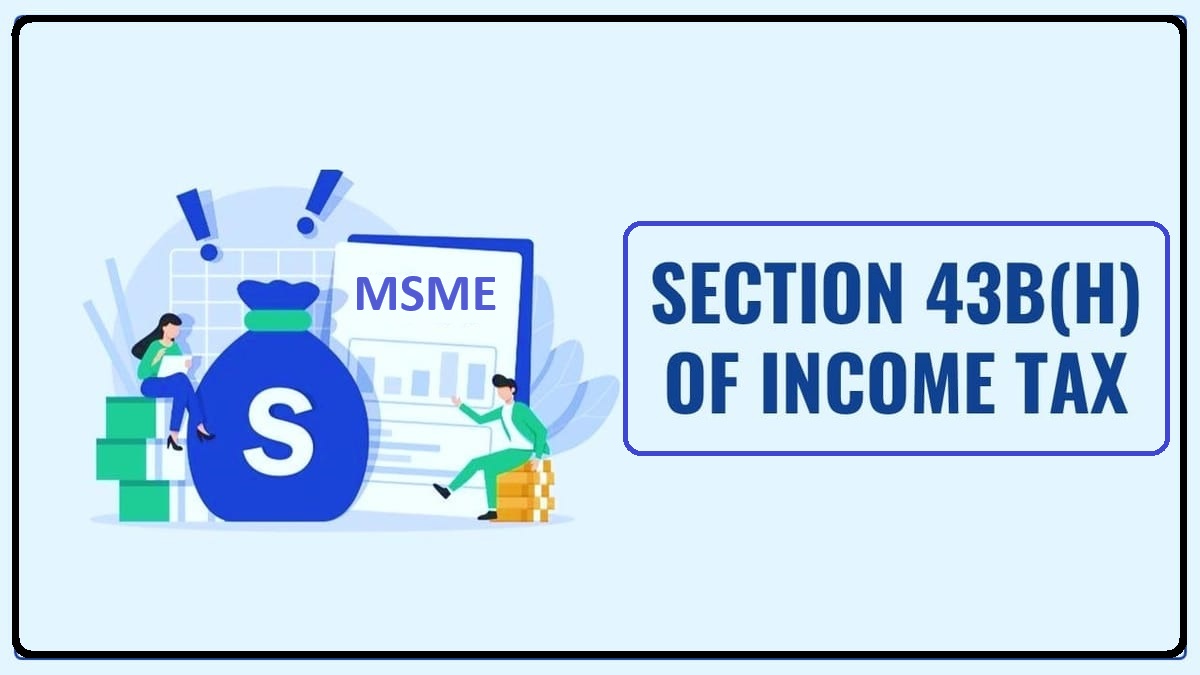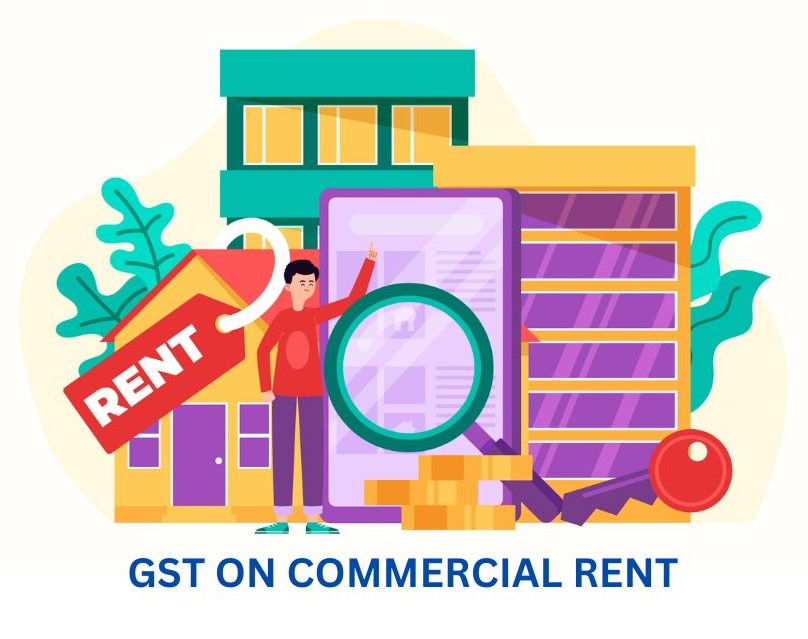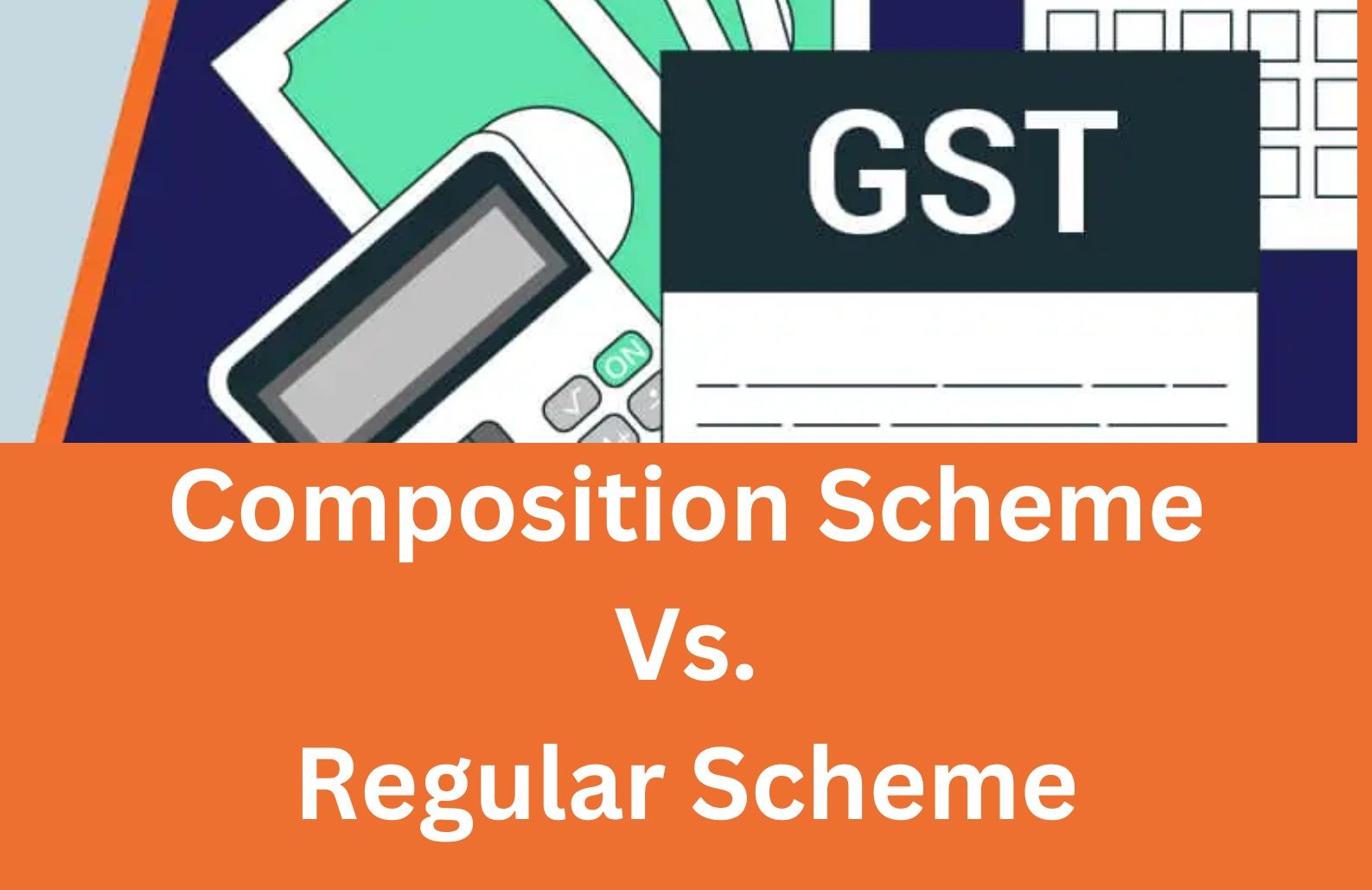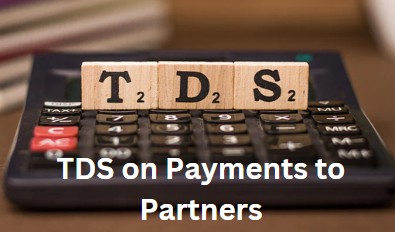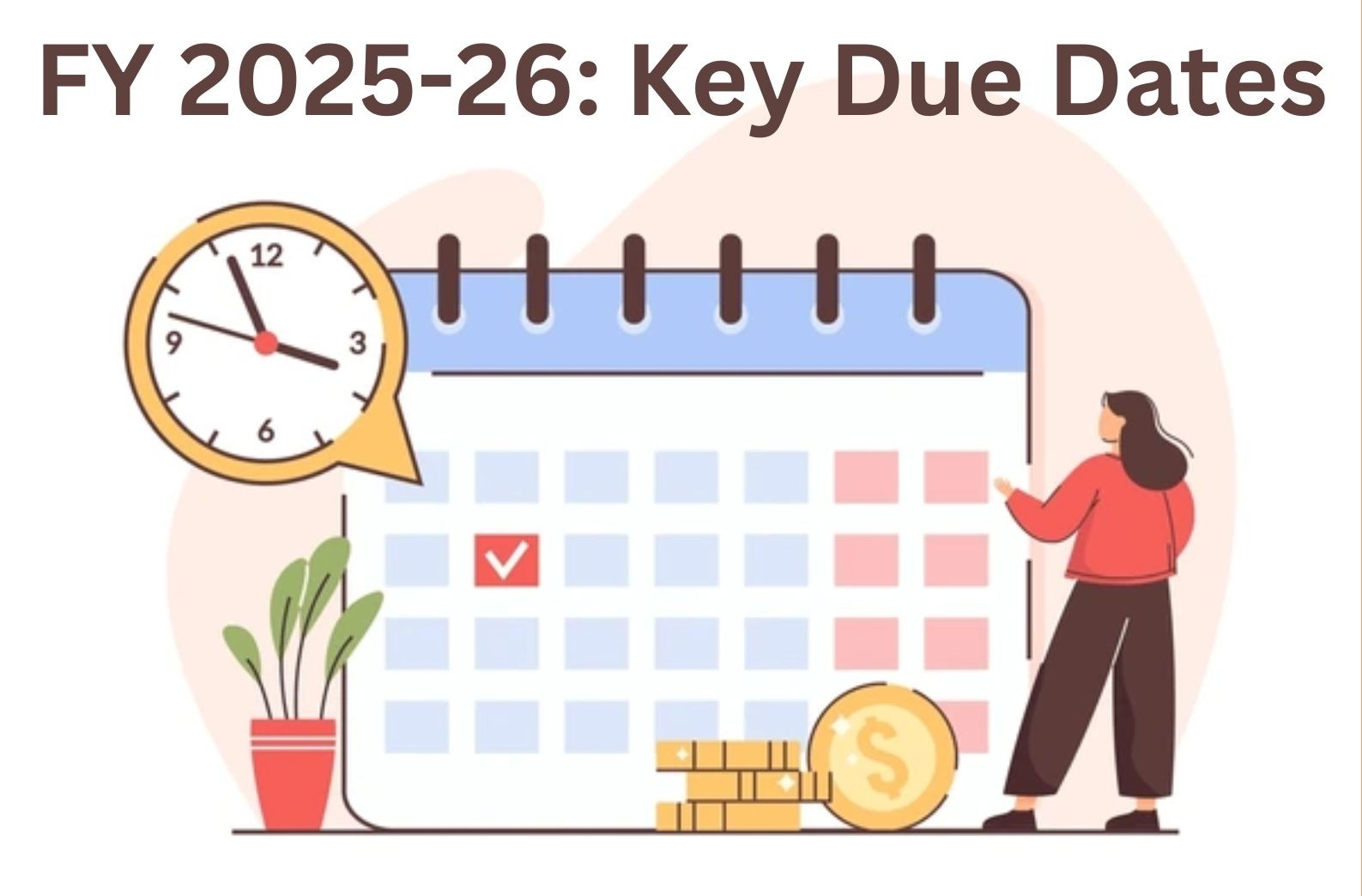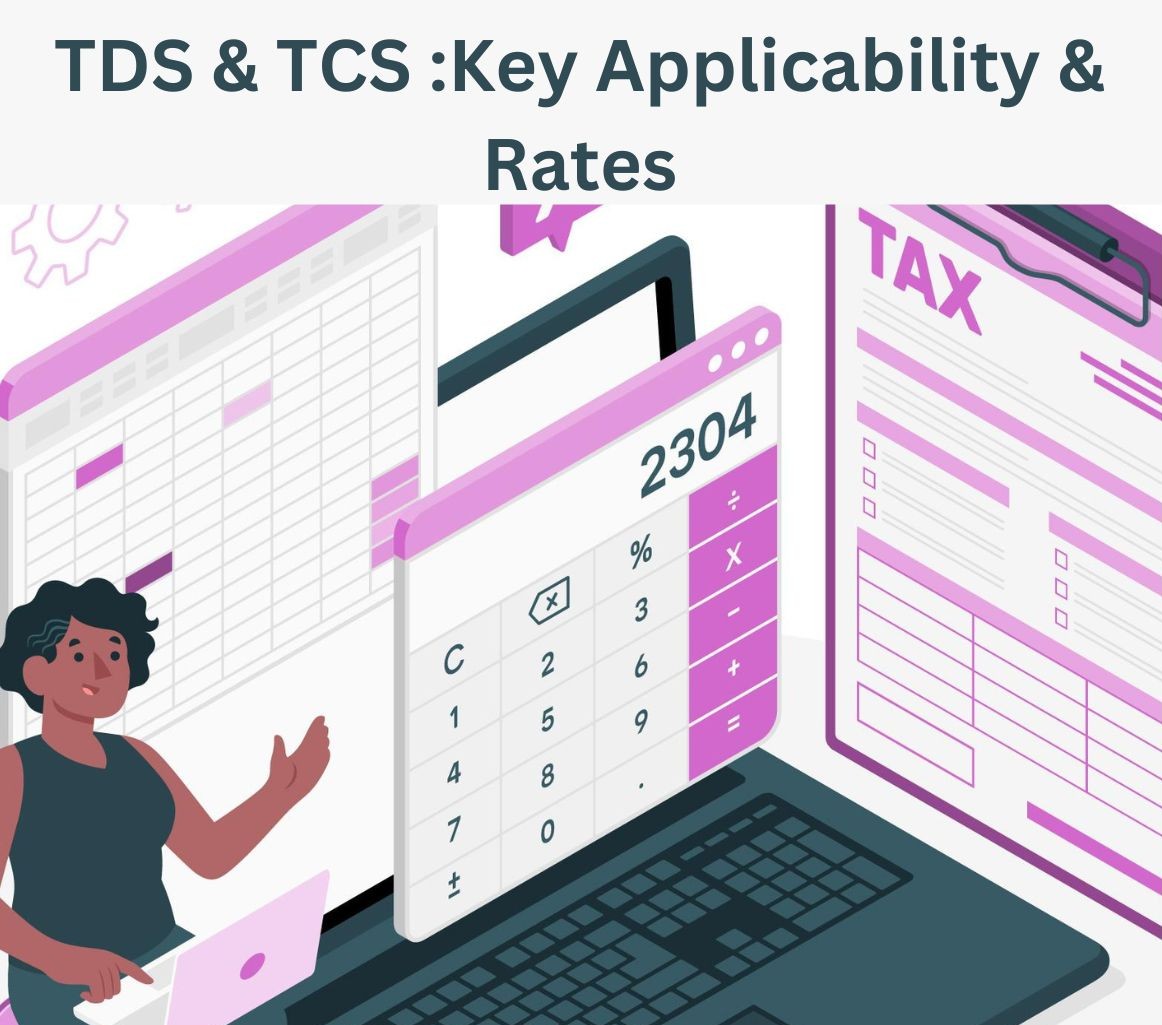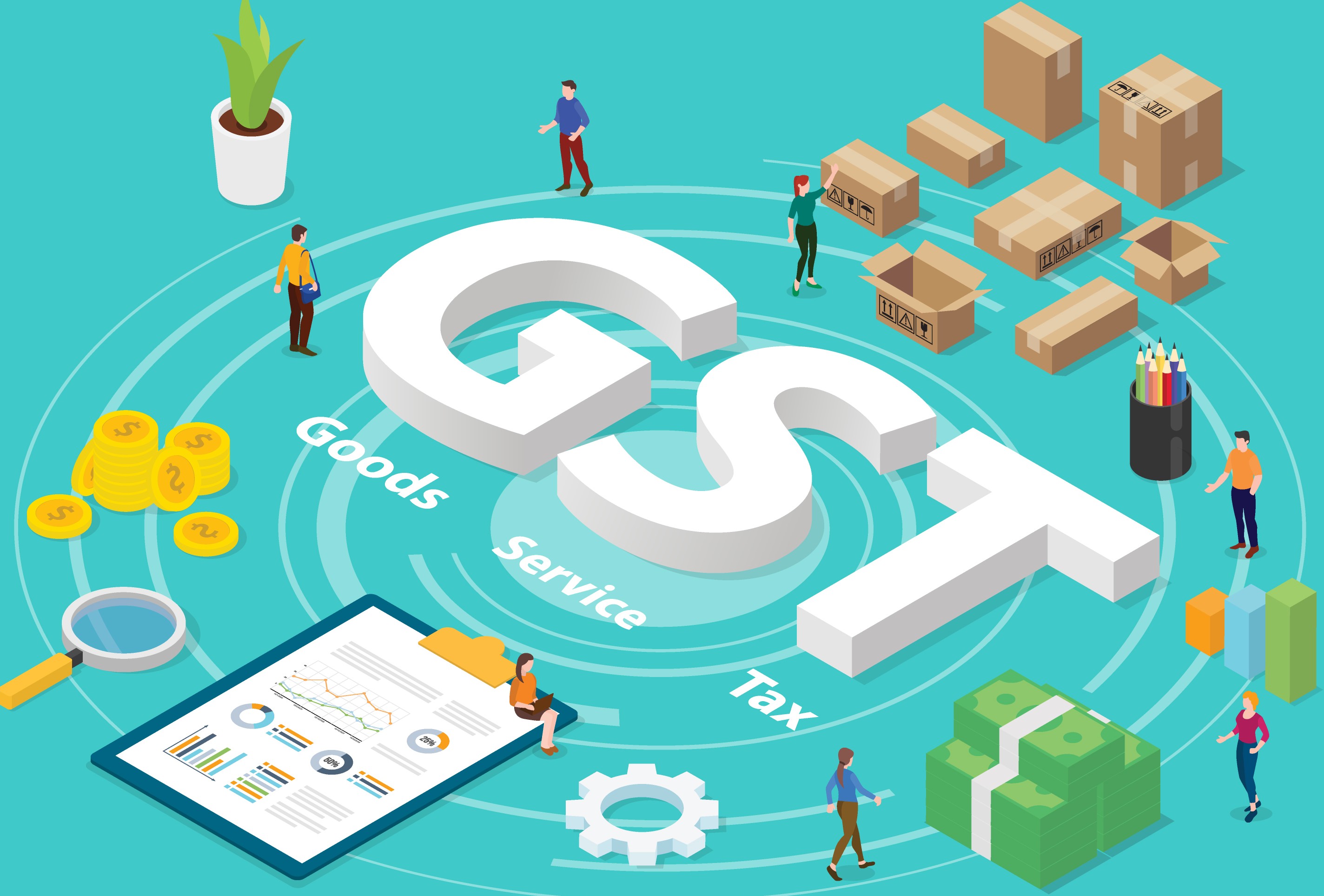Blog Details
21. A Guide on Import and Export Under GST

As India's economy continues to grow, businesses are increasingly venturing into international trade. However, navigating the complexities of import and export regulations under the Goods and Services Tax (GST) can be daunting. Let’s look at an example to understand an overview of GST implications on import and export, helping businesses ensure compliance and maximize benefits.
Bhuvanesh had always been fascinated by international trade. After completing his business degree, he decided to start his own export-import business. Bhuvanesh's company, "Global Connect," aimed to connect Indian businesses with global markets. As Bhuvanesh delved deeper into the world of exports and imports, he realized the importance of understanding GST (Goods and Services Tax). He knew that GST would impact his business, but he wasn't sure how.
One day, while meeting his friend Roshan, a tax consultant, Bhuvanesh asked, "Roshan, I'm confused about GST and its impact on my export-import business. Can you explain it to me in simple terms?" Roshan smiled and said, "Of course, Bhuvanesh! Let me break it down for you. But before we dive into GST, an important requirement for any importer or exporter is having a valid GSTIN (Goods and Services Tax Identification Number) and an Importer Exporter Code (IEC). Without these, you cannot legally engage in international trade."
"Think of it this way—when you import goods from China," Roshan explained, "GST treats imports of goods as inter-state supplies, so you'll have to pay Integrated GST (IGST) along with customs duties. The IGST paid can be claimed as an input tax credit (ITC), but customs duties are not eligible for ITC. You must also comply with the e-way bill requirements when transporting goods within India after customs clearance."
Bhuvanesh's eyes lit up with interest. "That sounds helpful! And what about imports of services?" he asked eagerly. Roshan replied, "When you import services, GST applies under the reverse charge mechanism (RCM). This means you, as the recipient, must pay GST on the services received and can later claim it as ITC, provided the services are used for taxable business activities."
"And what about exports?" Bhuvanesh inquired. Roshan continued, "Exports are treated as zero-rated supplies, which means you won’t need to pay GST. However, you have two options:
- Without Payment of Tax - Export under a Letter of Undertaking (LUT) without paying GST and then claim a refund of the accumulated unutilized ITC.
- With Payment of Tax - Pay GST on exports and later claim a refund of the tax paid."
Bhuvanesh nodded, "I see. So, maintaining proper documentation, like shipping bills, invoices, and customs clearance documents, is crucial to claim refunds and comply with GST regulations."
Roshan nodded in agreement. "Exactly, Bhuvanesh! Additionally, when claiming a refund of unutilized ITC in case of exports under LUT, you must ensure that your export data reconciles with the information available on the customs ICEGATE portal. Any discrepancies in shipping bill details, invoice numbers, or values can delay the refund process. Regular reconciliation of your export transactions with the customs ICEGATE data will help in smoother GST compliance and faster refunds."
With newfound confidence, Bhuvanesh returned to his office, ready to tackle the world of export-import under GST. He realized that with the right knowledge and guidance, he could overcome any challenge and achieve success in the global market.
By grasping the basics of GST, entrepreneurs like Bhuvanesh can ensure compliance, claim tax benefits, and thrive in the world of international trade.
~ Compiled by Roshan S, Senior Audit Assistant, H M R R & Associates.
Copyright | All Rights Reserved H M R R & Associates



